Lifting Our Voices to Solve Important Social and Ecological Problems
Overall, Lift Every Voice is designed as a way to engage young people—all people—in the process of working together to solve important local, national, and global problems.
1. Choose a Social and Ecological Problem
To begin with, young people can choose the social or ecological problem that they want to help solve. The first two problems that we have developed resources and minicourses for are Stop the Pandemic and Stop Gun Violence. In the fall and winter, this will include Stop Police Violence and Stop Global Warming. They can review the digital resources (Sways) that explain each problem, and/or they can view the online minicourses now, and/or they can enroll in these minicourses in the fall.
1. Stop the Pandemic (View Now, Enroll in the Fall)
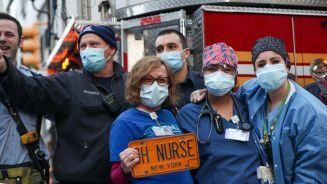
2. Stop Gun Violence (View Now, Enroll in the Fall)
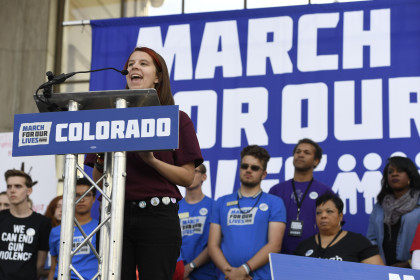
3. Stop Police Violence (Fall 2021)
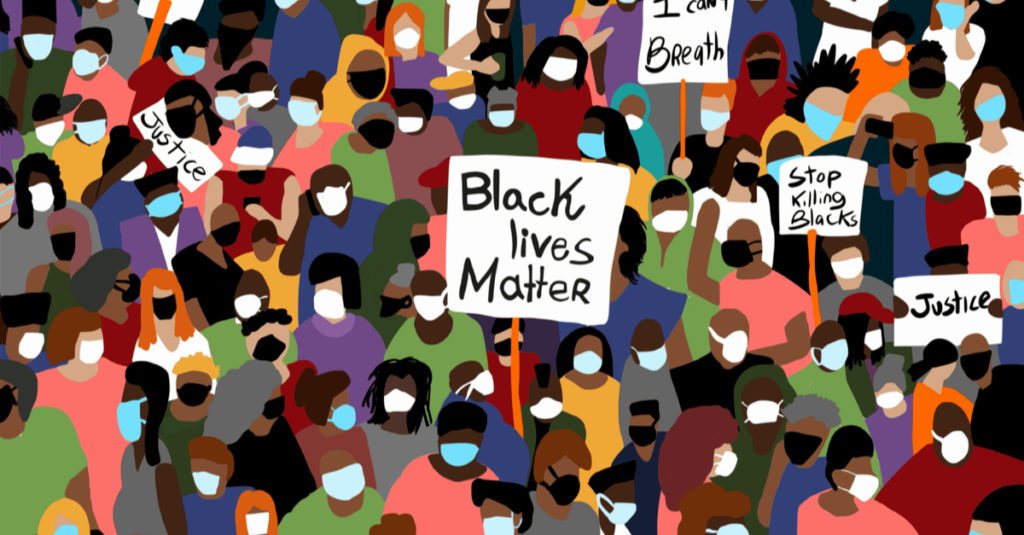
4. Stop Global Warming (Winter 2021)
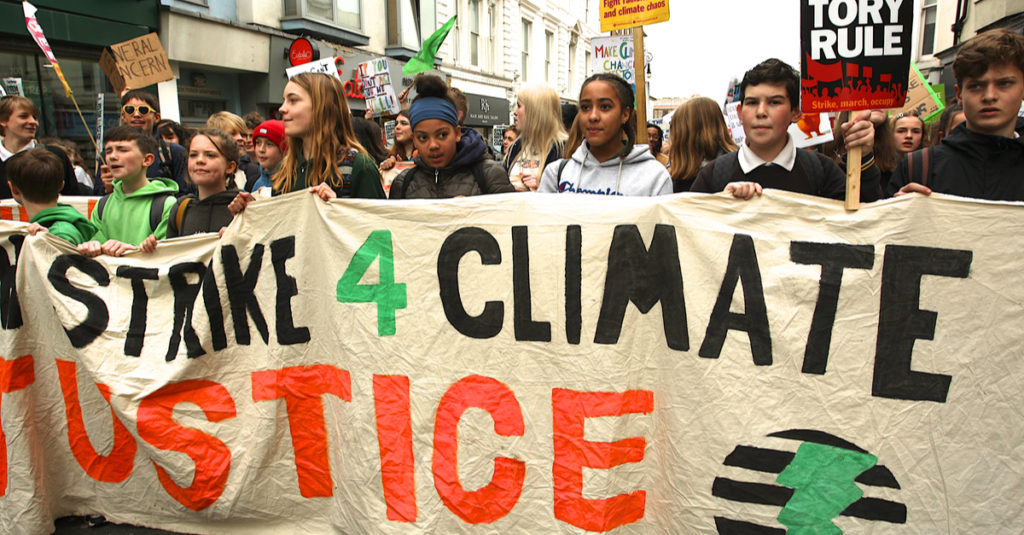
2. Propose Solutions to Social and Ecological Problems: 8 Steps
The Social and Ecological Problems Minicourses are organized into eight steps that will help young people to understand the complexity of these problems and then how to research, choose, develop, and present their proposed solutions. They can then debate and discuss their proposed solutions.
Stop the Pandemic Course Question:
How can we stop the pandemic?
Click on the plus sign (+) next to any of the steps to view the central questions for each step.
What is the COVID-19 Pandemic? What is your experience with the pandemic?
What are different points of view about the pandemic? Victims? Family members? Frontline workers? People of color?
What are the causes and effects of the pandemic? Locally? Nationally? Globally?
What are the stories of individuals and groups about the pandemic? What is your story? What is a moving story you have heard?
What are some of the most important proposals for stopping the pandemic? Compare the risk and protective factors of the different proposals.
What proposal(s) do you think will be most effective in stopping the pandemic? Research and develop your proposal and speech.
What are the proposals being advocated by other young people? What do you appreciate about their proposals? Are there ways to combine different proposals?
What are the top personal, local, national, and global proposals that you are going to vote for? What elected officials can you send your proposal to?
Stop Gun Violence Course Question:
How can we stop gun violence?
Click on the plus sign (+) next to any of the steps to view the central questions for each step.
What are the types of guns and types of gun violence?
What are the points of view about gun violence? How does institutional discrimination affect the impact of gun violence?
What are the causes and effects of gun violence?
What are the stories of victims, survivors, and frontline workers? What are your stories?
What are the national proposals for stopping gun violence?
What is your proposal for stopping gun violence?
What are the proposals being advocated for by other young people? What do you appreciate about their proposals? Are there ways to combine different proposals?
What are the best proposals? Vote for the top three local and national proposals. Send your speech to your local and national elected officials.
3. Learn and Apply Related Values, Skills, and Knowledge
Democratic Values, Skills, and Knowledge
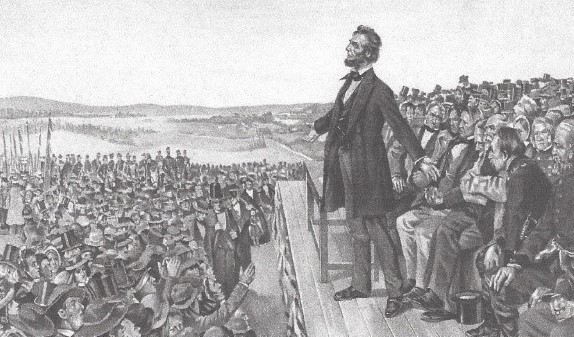
Democratic Values, Skills, and Knowledge include
- Democratic Values;
- Social and Emotional Skills;
- Democratic Skills and Practices;
- Social and Ecological Awareness; and
- Democratic Knowledge.
Critical Language and Literacy Skills

Critical Language and Literacy Skills include
- Oral Language Skills;
- Reading Comprehension Strategies and Skills;
- Writing Skills; and
- Critical Thinking Skills.
Similarly, we have chosen the most important language and literacy skills that are needed for analyzing these problems and proposing solutions. For example, critical thinking skills are crucial for analyzing the cause and effects of these social problems, and persuasive speech writing and delivery skills are crucial for communicating and arguing for proposed solutions.
4. Lift Your Voice and Present Your Proposal
The ultimate goal of Lift Every Voice is to empower young people to lift their voices to advocate for solutions to some of the most important social and ecological problems in our country and in our world.
Lift Every Voice means raising our voices to solve our most important problems!
This includes young people researching, developing, writing, and presenting their proposals and then engaging in discussion and debate with other young people about what are the best ways to solve these problems.
Our hope is that young people will continue to lift their voices throughout their lives and pass these values and skills down to their children and future generations—to continue the process of creating a more perfect union.
Listen to Jordan's Speech About How to Stop Gun Violence
5. Reflect on Your Goals and Outcomes
What are the most important goals in Lift Every Voice? First, with regard to Democratic Values, Skills, and Knowledge, the goal is for young people to learn how to lift their voices to advocate for solutions to important social and ecological problems. Second, with regard to Critical Language and Literacy Skills, the goal is for young people to learn some of the most important ways to communicate their thoughts and proposals in writing and in speech and then to be able to discuss and debate the most effective proposals. Third, and finally, with regard to Social and Ecological Problems, the goal is for all of us to work together and contribute to creating a more compassionate, just, and free country and world!
Once young people have completed this problem-solving process for one social and ecological problem, they can then reflect on what they have learned and continue to assess, monitor, and advocate their proposals. They can then go on to apply the same eight step process to other major problems in other minicourses and in real life.
1. To lift your democratic voice
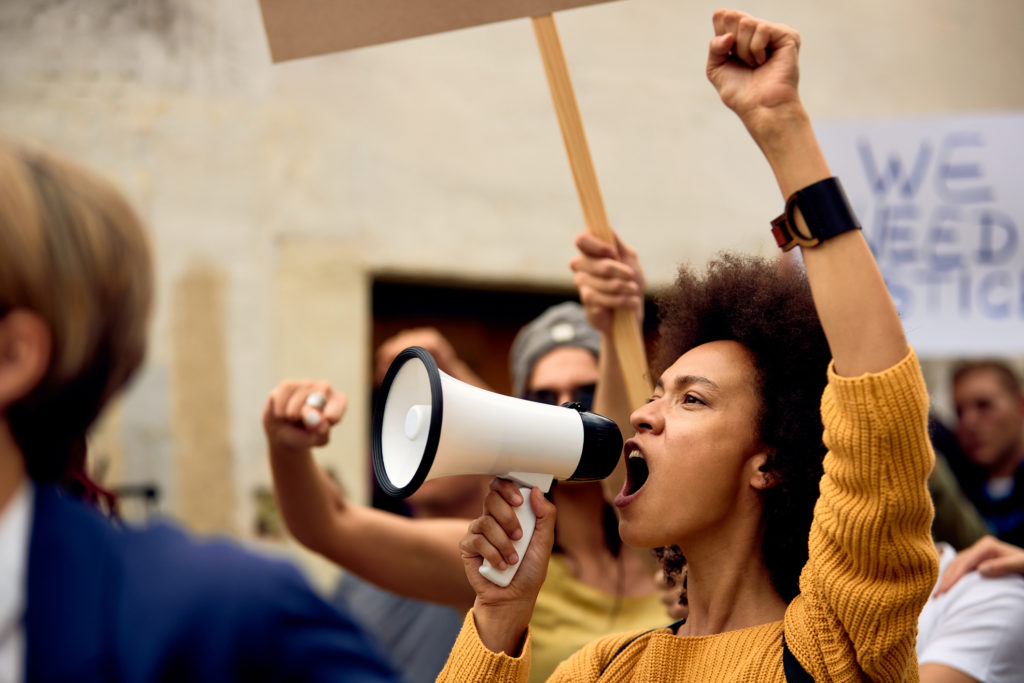
2. To improve your language, literacy, and critical thinking skills

3. To contribute to creating a more compassionate, just, and free country and world

6. Problem-Solving as the Way to Create a More Compassionate, Just, and Free Country and World!
In summary, here is the graph that summarizes this process from a student point of view. It shows how Lift Every Voice is being designed to help young people lift their voices to advocate for solutions to some of the most important problems in our country and world. This is the theory of change that is built into Lift Every Voice.


